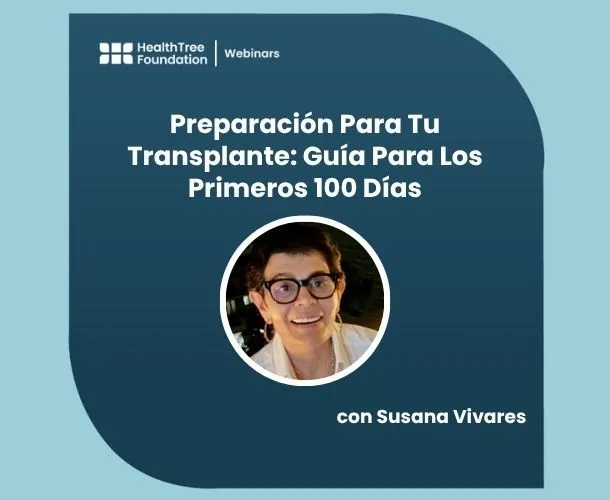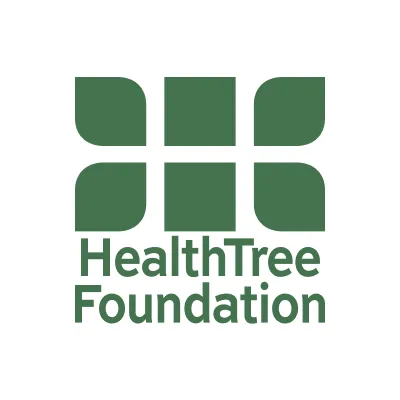Myeloma Dental Care and Patients on Bisphosphonate Therapy

It is a well-established fact that multiple myeloma patients are at an increased risk for negative outcomes following the onset of infection and that includes dental infections. That, by itself, should be more than enough reason by itself to make doubly sure that we practice good dental/oral health and that we remain on a ‘first name basis’ with our dentist and see him/her on a more frequent basis than we may have done in the past.
The main purpose of this post, though, is to talk a bit for our fellow patients who are treated with bone strengthening/modifying therapies (such as bisphosphonates such as zoledronic acid). There was an interesting article published by the Oncology Nurse Advisor a few days ago that may be of interest. The main issue here is that the treatments in question are associated with an increased risk of osteonecrosis of the jaw. This may impact decisions about what to do with MM treatment when invasive dental procedures need to be done. The article summarizes a recent case series study and provides some examples of what type of MM treatment decisions were made in the face of some different dental procedures.
The American Society of Clinical Oncology recently also published a Clinical Practice Guideline for Medication Related Osteonecrosis of the Jaw (MRONJ). This guideline focuses very specifically on the prevention and management of MRONJ in cancer patients who receive bone modifying agents for oncologic indications. The guideline offers a series of recommendations :
- How to define/diagnose MRONJ;
- Steps to take to reduce the risk of MRONJ (coordination of care, addressing modifiable risk factors, when to do elective dentoalveolar surgical procedures, surgical follow-up, temporary discontinuation of bone modifying agents prior to dental surgery);
- How to manage MRONJ at time of initial treatment and at time of refractory MRONJ;
- Temporary discontinuation of bone modifying agents after diagnosis of MRONJ ?
- Outcome measures to be used to evaluate response to treatment.
Even though this clinical guideline is written for medical/dental specialists I would like to comment that it is written in very plain, easy to understand English and that patients should not stop reading past the three-line long heading on page 1.
It is a well-established fact that multiple myeloma patients are at an increased risk for negative outcomes following the onset of infection and that includes dental infections. That, by itself, should be more than enough reason by itself to make doubly sure that we practice good dental/oral health and that we remain on a ‘first name basis’ with our dentist and see him/her on a more frequent basis than we may have done in the past.
The main purpose of this post, though, is to talk a bit for our fellow patients who are treated with bone strengthening/modifying therapies (such as bisphosphonates such as zoledronic acid). There was an interesting article published by the Oncology Nurse Advisor a few days ago that may be of interest. The main issue here is that the treatments in question are associated with an increased risk of osteonecrosis of the jaw. This may impact decisions about what to do with MM treatment when invasive dental procedures need to be done. The article summarizes a recent case series study and provides some examples of what type of MM treatment decisions were made in the face of some different dental procedures.
The American Society of Clinical Oncology recently also published a Clinical Practice Guideline for Medication Related Osteonecrosis of the Jaw (MRONJ). This guideline focuses very specifically on the prevention and management of MRONJ in cancer patients who receive bone modifying agents for oncologic indications. The guideline offers a series of recommendations :
- How to define/diagnose MRONJ;
- Steps to take to reduce the risk of MRONJ (coordination of care, addressing modifiable risk factors, when to do elective dentoalveolar surgical procedures, surgical follow-up, temporary discontinuation of bone modifying agents prior to dental surgery);
- How to manage MRONJ at time of initial treatment and at time of refractory MRONJ;
- Temporary discontinuation of bone modifying agents after diagnosis of MRONJ ?
- Outcome measures to be used to evaluate response to treatment.
Even though this clinical guideline is written for medical/dental specialists I would like to comment that it is written in very plain, easy to understand English and that patients should not stop reading past the three-line long heading on page 1.

about the author
Paul Kleutghen
I am a patient diagnosed in 2014 with primary plasma cell leukemia (pPCL), a rare and aggressive variant of multiple myeloma and have been very fortunate to find successful treatment at the division of Cellular Therapy at the Duke University Cancer Institute. My wife, Vicki, and I have two adult children and two grandsons who are the ‘lights of our lives’. Successful treatment has allowed Vicki and I to do what we love best : traveling the world, albeit it with some extra precautions to keep infections away. My career in the pharmaceutical industry has given me insights that I am currently putting to use as an advocate to lower drug pricing, especially prices for anti-cancer drugs. I am a firm believer that staying mentally active, physically fit, compliant to our treatment regimen and taking an active interest in our disease are keys to successful treatment outcomes.
More on Navigating Your Health
Trending Articles




Get the Latest Multiple Myeloma Updates, Delivered to You.
By subscribing to the HealthTree newsletter, you'll receive the latest research, treatment updates, and expert insights to help you navigate your health.










